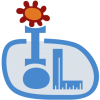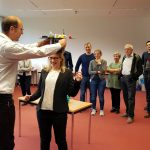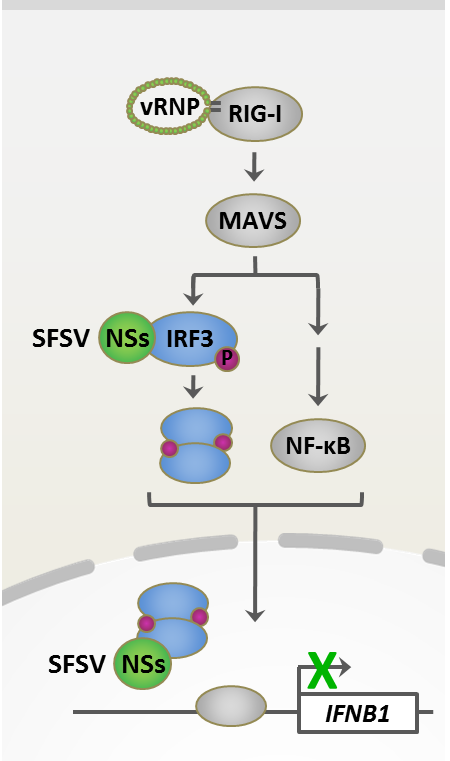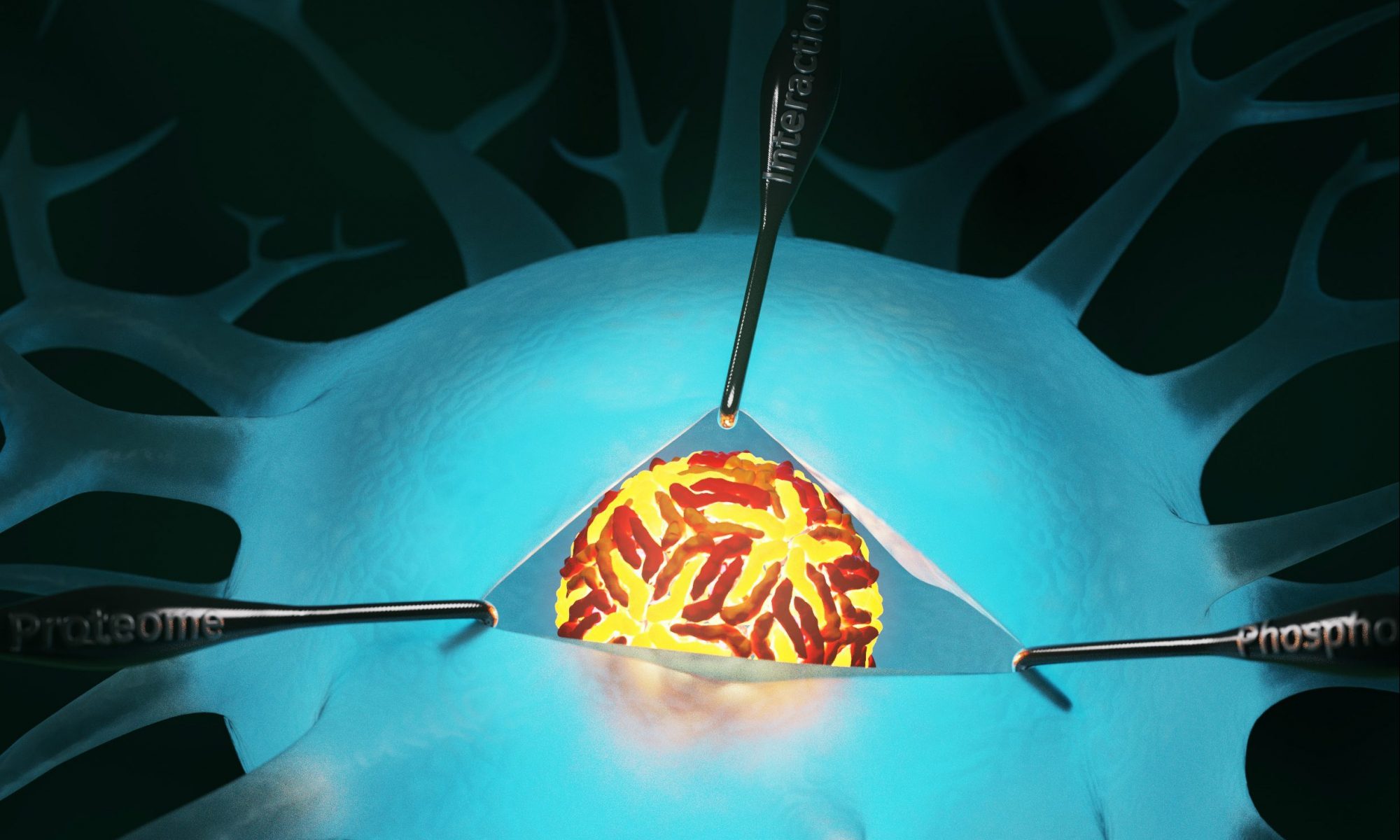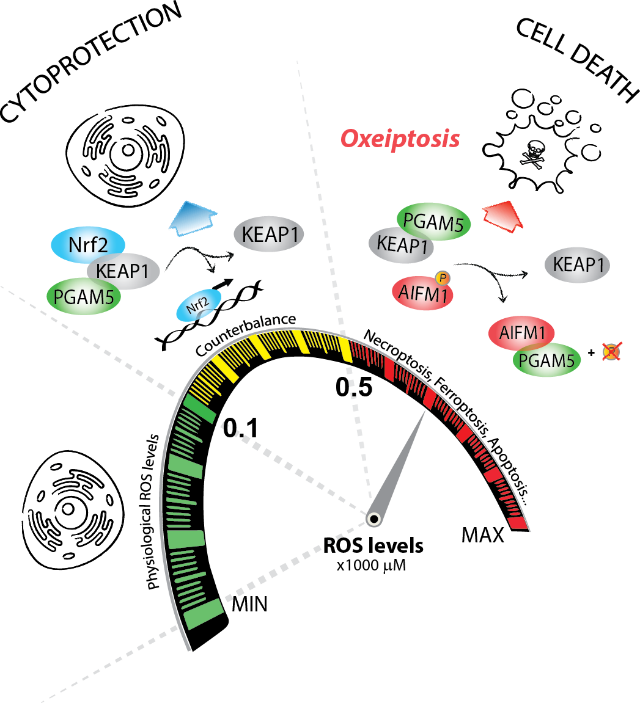The human body has sophisticated defense systems against various threats. During viral infections, certain proteins change their turnover rates and their interactions with the other molecules.
The goal of the grant “Protein Dynamics in Antiviral Processes (ProDAP)” that was awarded by ERC is to systematically analyze the influence of protein interactions and protein stability on the antiviral immune system. Initial results suggest that the organism ability to change both of these factors plays an essential role in regulating the immune system and fighting viral pathogens. Targeting the activity of these proteins could open up avenues to new treatments.
So we are hiring! Please check our open positions if you want to be a part of this ambitious project.

